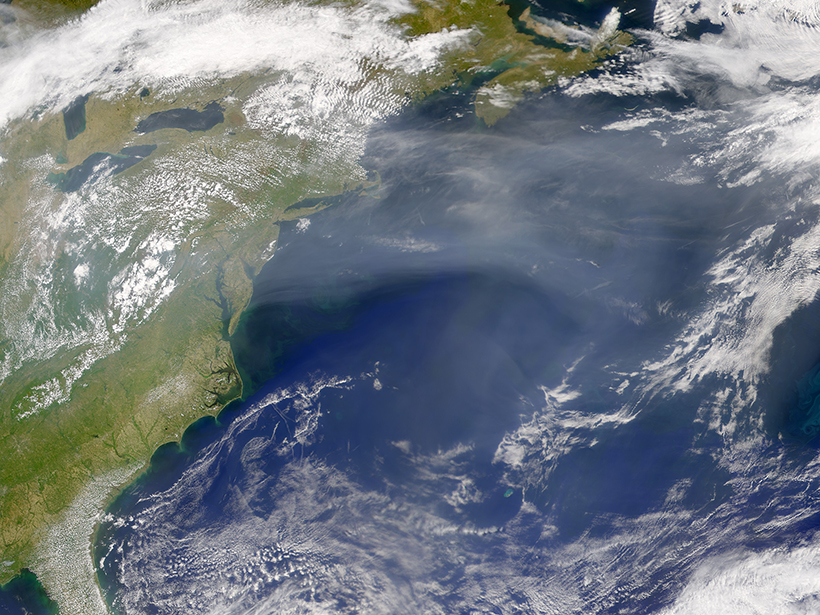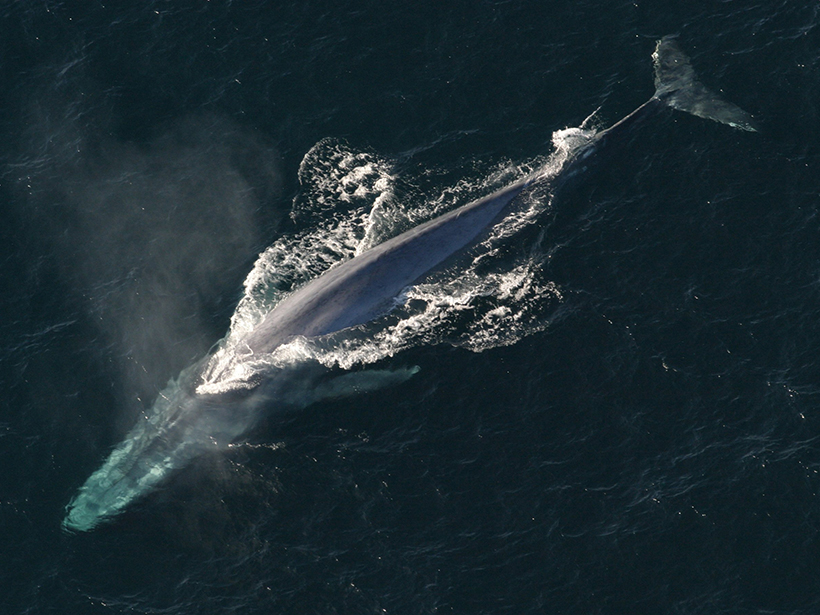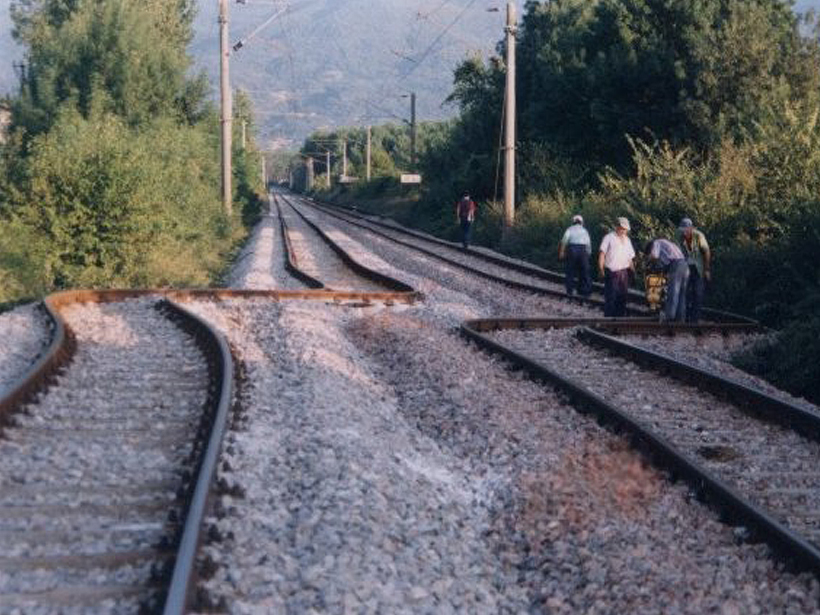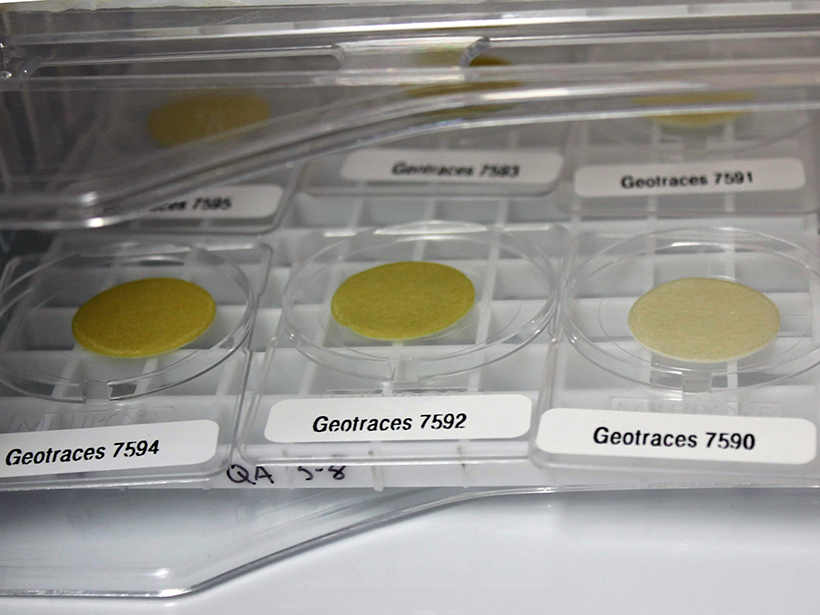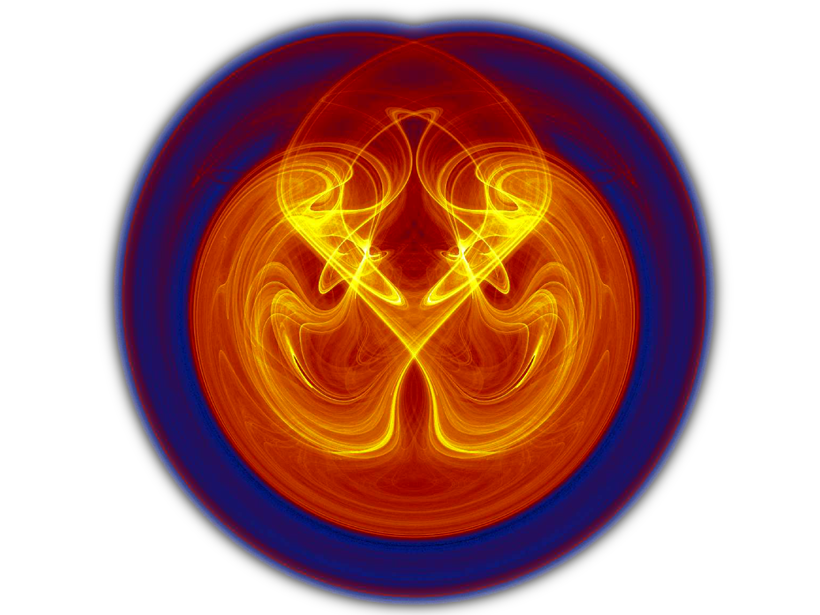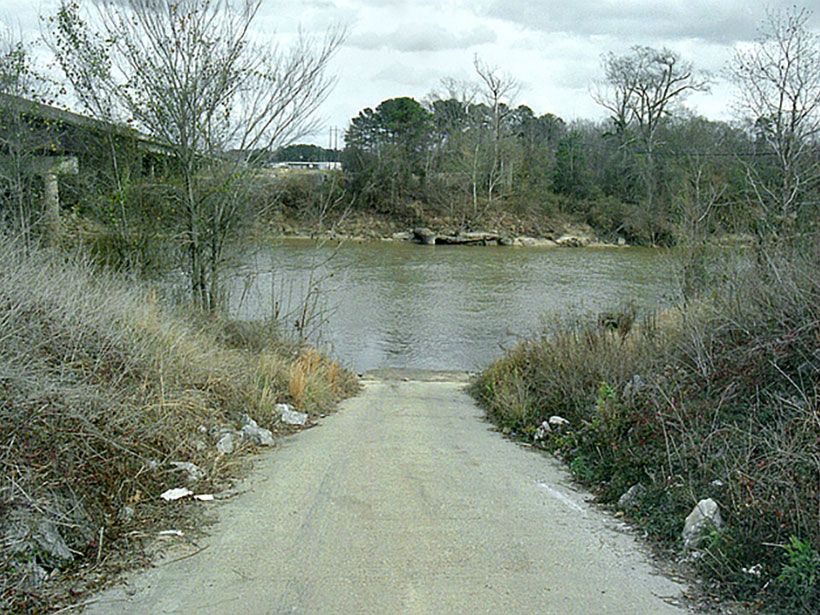No direct causal connection exists between coastal sea level changes and the strength of the North Atlantic’s overturning circulation, according to new, longer-term observational records.
Terri Cook
Terri Cook is an award-winning freelance writer whose career has focused on exploring and explaining the 4.5-billion-year-history of the remarkable planet we live on. Cook, who has an M.S. degree in Earth science from the University of California, Santa Cruz, writes about geology, ecology, and the environment—as well as wine, tea, hiking, and biking—for a diverse group of publications, including Eos, Scientific American, NOVA Next, Science News, and EARTH magazine, as well as Avalon Travel and numerous other travel-related publications. Her reporting has taken her to 25 states and 20 countries scattered across 5 continents, from the depths of the Grand Canyon to the sandy Australian Outback to the mist-shrouded summit of Bali’s Mount Batur. As the coauthor of three popular guidebooks, including Hiking the Grand Canyon’s Geology and Geology Underfoot Along Colorado’s Front Range, Cook gives frequent presentations about geology and science communication. She is the recipient of a 2016 European Geosciences Union Science Journalism Fellowship and is based in beautiful Boulder, Colo.
Seasonal and Annual Changes in Pitch in Blue Whale Calls
Six years of acoustic recordings detect seasonal shifts in blue whale vocalizations that correlate with the presence of icebergs, a primary source of ambient ocean noise in the southern Indian Ocean.
Variations in Creep Along One of Earth’s Most Active Faults
Satellite-based radar images of motion along Turkey’s North Anatolian Fault are helping scientists understand when, where, and how creep occurs and its implications for seismic hazard.
Déjà Vu: Understanding Subduction Zones’ Cycle of Seismicity
A unique geodetic data set from Japan’s Nankai subduction zone offers an unparalleled opportunity to study surface deformation spanning almost an entire seismic cycle.
Big Data Help Paint a New Picture of Trace Element Cycling
A new framework for understanding the suite of processes acting on marine particulate trace metals exemplifies how alternative analyses can maximize the information that large data sets provide.
Celebrating a Century of Nonlinearity Across the Geosciences
Nonlinear concepts have evolved and become increasingly applicable to a wide range of geoscience inquiries, thus setting the stage for exciting new advances during AGU’s next 100 years.
How Will the Jet Stream Respond to Future Warming?
Simulations that test different approaches to modeling radiation suggest a commonly used scheme fails to fully capture changes in midlatitude circulation associated with climate change.
Can Patches of Cold Air Cause Thunderstorms to Cluster?
Small-scale collisions between pools of cold air may play an important role in organizing hurricanes and other crucial atmospheric phenomena, according to newly developed conceptual models.
A Novel Method for Assessing Model Sensitivity
This newly developed approach to assessing the quality of sensitivity analyses can be applied to any method without bootstrapping or additional model runs.
A New Road Map for Assessing the Effects of Solar Geoengineering
A special issue dedicated to modeling the impacts of stratospheric sulfur dioxide injections is a crucial step toward understanding the climate goals this intervention can—and cannot—achieve.

